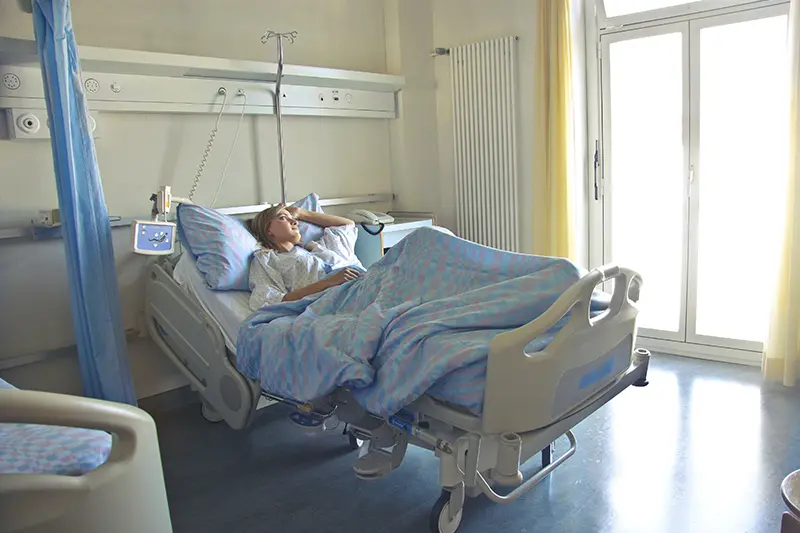A Brief Introduction to Anti-Decubitus Air Mattresses
What is an Anti-Decubitus Air Mattress?
Decubitus ulcers, also known as pressure ulcers or bedsores, are caused by prolonged pressure on the skin. This pressure restricts blood flow and leads to tissue damage or necrosis.
An anti-decubitus air mattress is a specially designed mattress that is primarily used to prevent and alleviate pressure ulcers. It can distribute body pressure evenly, increasing the contact area between the body and the mattress. A dynamic fluctuating air mattress continuously changes the pressure points through a cyclical pattern of alternating inflation and deflation, thereby promoting blood circulation and improving user comfort.
The mattress surface has a number of micro-pores that allow airflow during inflation, which helps dissipate moisture from the skin, maintain dryness, enhance skin resistance to friction, and promote tissue oxygenation and nutrient supply—all critical for preventing and managing pressure ulcers.
Key Functions of Anti-Decubitus Air Mattresses
Pressure Relief: The air cells inside the inflatable mattress can be adjusted to the patient’s weight and body shape to ensure even pressure distribution. By reducing pressure on specific areas, bedsores can be prevented.
Provides Support: The air mattresses provide good support to maintain proper body alignment. This is very important for bedridden patients to avoid prolonged unnatural postures.
Promote Blood Circulation: Its design promotes blood circulation, avoids blood stasis, and reduces the risk of tissue breakdown.
Breathability: Made of breathable materials, the air mattress helps keep the skin dry and reduce moisture irritation.
Easy Maintenance: The mattress is simple to clean and maintain, reducing bacterial growth.

Different Types of Anti-Decubitus Air Mattresses
1. Long Strip-Shaped Air Mattress: The most common type. Two air tubes alternately inflate and deflate to enhance airflow and prevent ulcers.
2. Spherical Air Mattress: It works similarly to the strip-shaped type but offers better weight distribution and comfort, especially for underweight individuals, due to its spherical cell design.
3. Non-Electric Air Mattress: A manually inflated, non-powered mattress with air-permeable holes. It includes handles on the sides and headrest to assist with repositioning. It is ideal for elderly users who prefer non-electric options.
Target Users
1. Chronic Bedridden Patients: Those who have been bedridden for a long time are at high risk of pressure sores.
2. Comatose Patients: Passive positioning and incontinence expose skin to prolonged moisture and pressure.
3. Fracture Patients: Improperly fitted casts or splints may cause localized pressure.
4. Paralyzed or Emaciated Patients: Bony prominences are prone to ulcers, especially with comorbidities like infections or malnutrition.
Usage Precautions
1. Inspect and replace consumables (e.g., filter cotton, rubber dampers) and air tubes periodically as per the manual.
2. Regularly check the mattress cover, ensure tubing is intact and leak-free, and verify connections.
3. Keep away from heat and fire, and never be used in water.
4. Do not stand, walk, or jump on the air mattress.
5. Use a low-pressure inflator to inflate. Do not overinflate.
6. Clean the air mattress with a mild soap solution. Do not use chemicals.

